Your kitchen garden should be an extension of your home. It should provide you with the opportunity to eat healthy and fresh vegetables while saving money and reducing your environmental footprint.
With that in mind, it is important to design a kitchen garden that will meet all of these needs. As we’re still designing this new land, and it will take years to create a dream backyard design, one of the first things we’re planning on doing is designing a potager kitchen garden.
What is a Potager Kitchen Garden?
A potager kitchen garden is a garden close to your kitchen where you can access fresh veggies and herbs easily.
It is a kitchen garden laid out in a formal design, divided into beds and subdivided into compartments filled with vegetables and herbs.
The term potager garden is also applicable to modern gardens where the emphasis is on informal layouts and more naturalistic plantings.
Many town or city dwellers with limited space have such gardens within or around their homes.
A potager can be an ordinary garden, or part of a larger enclosure, containing culinary herbs, sweet peas, fruit trees, and vegetables.
It is usually enclosed by stone walls or garden fences, to keep out marauding animals such as deer and rabbits.
Typically there is one main central path leading to the house (or may be divided into two paths, one for walking and one for wheelbarrows), with several narrow paths leading to the kitchen door.
A maze of paths among the beds provides access.
There’s some wonderful history behind kitchen gardens and some great books on kitchen garden design.
One of the most common themes you see with potager design are plants growing on the outside edges as well as the middle
Garden design examples from the Complete Kitchen Garden book
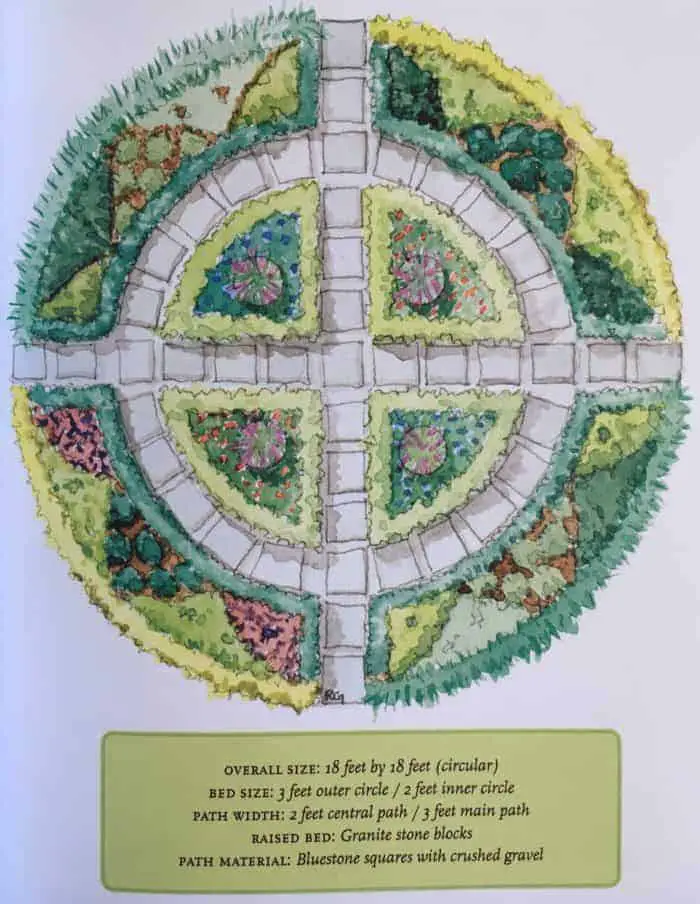
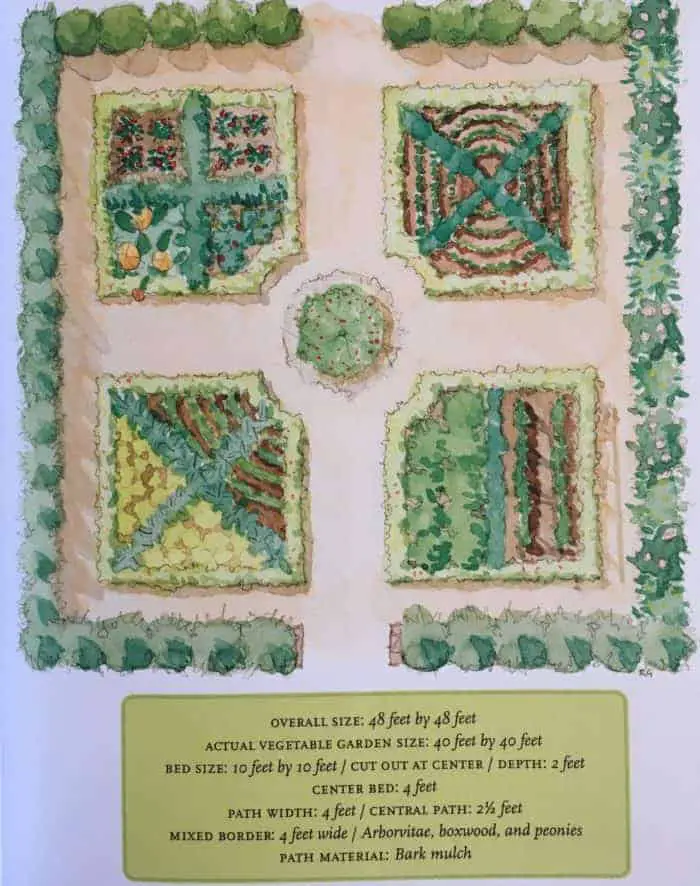
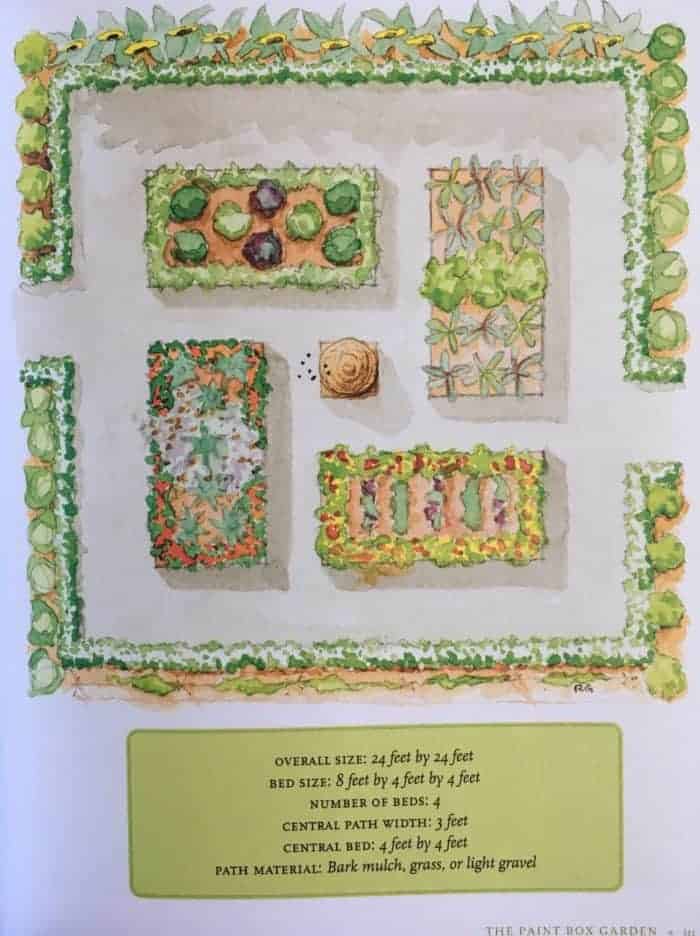
How do I Plan a Potager Garden?
A potager garden must be able to provide at least four garden beds and a grid-shaped garden can work fine with pathways in between. Arranging beds in pattern changes the look of the garden.
Before the planting begins, you need to plan your garden space. Make a plan of where everything will be planted. A basic design for a potager may include the following:
Tall Planting Borders
These are used as dividers between sections. One example is using bamboo fencing which may be installed around other garden beds or along pathways.
Wide Planting Borders
These are used in front of tall plantings or at the ends. They may be planted with low-growing alpine strawberries which will hide the bamboo fencing, but still allow visibility through to create a sense of openness in your garden.
Herb Garden
A herb garden is located near the kitchen for convenience, and may be used for planting and drying.
Edible Greens
Potager gardens should have This includes spinach, lettuce, and other greens that will not need trellising to keep supported. Plant in groups and stagger the rows so they do not compete for sunlight.
Plant Vegetables in Groups
For example, plant several staked tomatoes together rather than one plant each. This will maximize the space and give plants enough room to grow with plenty of sunlight.
Tomatoes
These are best grown on a sturdy double cross trellis that may be paired with tall plantings for increased privacy.
The corners of tall plantings may also be used as perfect spots for tomatoes to cascade down, providing a shady canopy for other plants.
Cucumber
These may be trellised vertically and should be planted inside the raised beds of other vegetables because they need a lot of room to grow and spread out.
If there is no space, give them their own bed to allow the vines to fully develop.
Strawberry plants
Strawberry plants can be used in a wide planting to help mask the tall plantings. They will grow well with blueberry bushes, espaliered apples, and hops.
Herbs
Herb borders include thyme, parsley, and rosemary which can all grow well together. They also make good edging plants at the ends of beds to help define boundaries between sections
Other Plantings – Some examples include peppers, onions, eggplant, and squash. These may be planted near the edges of wide plantings or grouped together in a single bed.
Different Kitchen Garden Designs
When you start brainstorming ideas for your garden you’ll need to make sure you’re planting it in the right place. You also want to doodle and out sketch out your kitchen garden to get ideas for design.
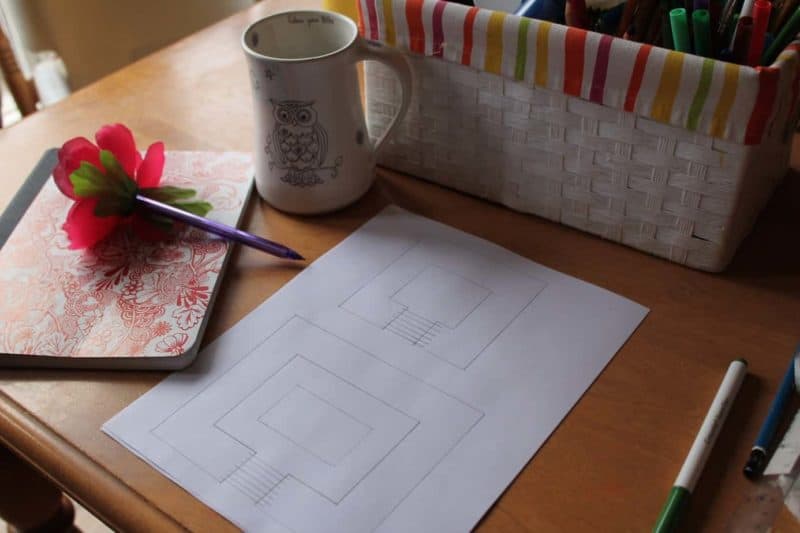
Things to keep in mind before designing your potager garden are
- Adequate sun exposure- you’ll need 6-8 hours of sunlight for most crops. Make sure there aren’t too many garden shadows preventing veggie growth or grow crops that prefer some shade in those areas.
- Keeping your garden design as close to your kitchen as you can. The goal is fresh food from your doorstep!
- Try and use the edges as much as you can.
- Create fun designs. Try sketching them out in different ways for eye appeal.
- Consider adding a bench or garden table in the center or close to your kitchen garden.
- It is not about growing the largest vegetables, but instead focusing on diversity and productivity. For example, consider how many different kinds of vegetables you can grow in your garden space at one time.
- What are the best vegetables to plant together so they will prosper?
- Which colors attract bugs, which ones repel them?
- Instead of just planting rows of just one kind of vegetable or companion plants, consider how to plant several vegetables consecutively. One can plot out a map that shows the best order in which vegetables should be planted.
- It is also important not to crowd your plants and make sure there is adequate space between them for sunlight and rainfall to reach all parts of each plant.
- Make sure to include both green and colorful vegetables and a fruit tree if possible.
- Some good multi-colored companions are: green, red, yellow; green, red, white; and green, white, or blue/purple.
Some designs from Groundbreaking food gardens (which has many AMAZING garden designs, I highly recommend this book)
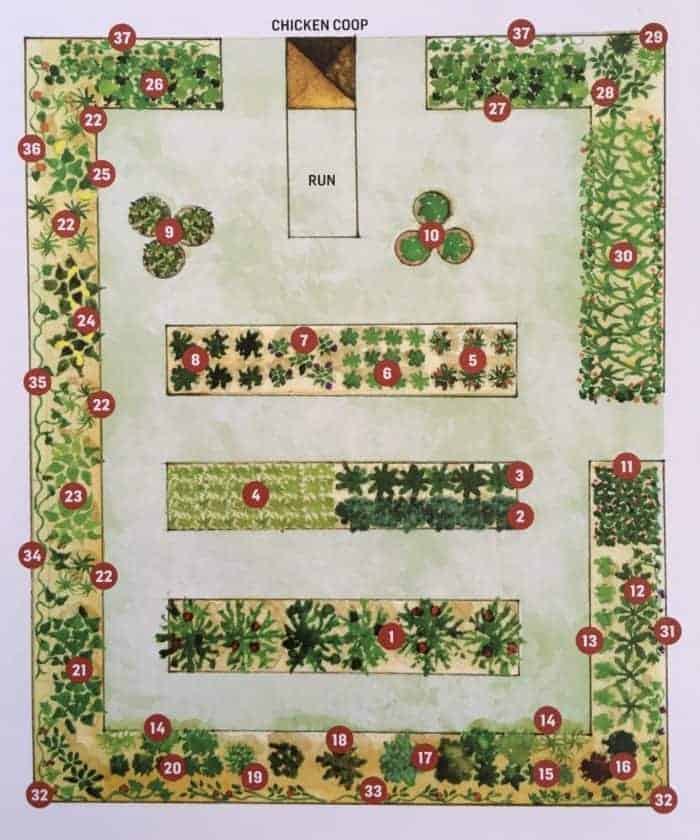
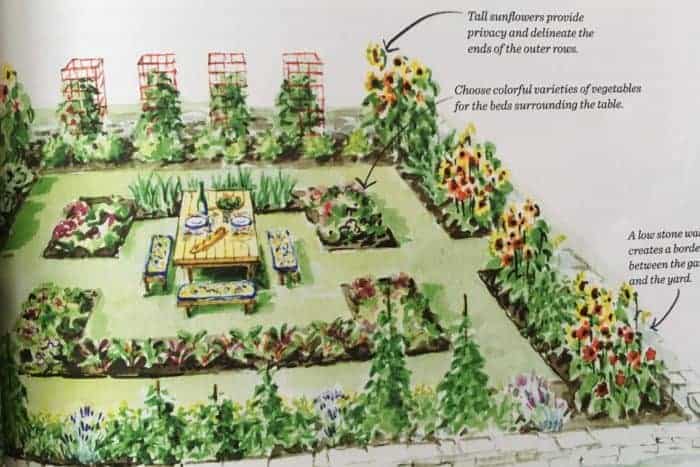
From Designing the New Kitchen Garden: an American potager handbook
Creating a Beautiful Potager Garden
All gardens are beautiful, but few have the simplicity and timeless design of the potager garden.
A wonderful way to introduce you to creating your own beautiful potager garden is by studying some of these principles that have been used for centuries.
Here are some best practices that are easy to follow when designing a new potager or updating an existing one.
1. Use simple geometric shapes as the basis of your design
The beauty of a potager vegetable garden comes from its simplicity and structure, so using simple lines is an important first step.
If you begin with a focal point or element at the center, then work out from there to create a focal statement, you’ll find that it’s easy to select the most beautiful plants for your garden.
2. Keep it durable and functional
The majority of vegetable plants and fruit trees will grow in nearly any type of soil, so keep this in mind when creating your landscape design plan—you can have more fun with the types of plants you select if you design for function.
You can do this by choosing plants that are low-maintenance and drought-resistant, which also gives your garden its’ own natural style through durability.
3. Use plants you love to create beauty every day of the year
The potage is an everchanging work of art that brings beauty to your life with each passing season.
If you select plants that are low-maintenance, they will give you more time to relax in your garden and enjoy its splendor of ornamental plants throughout the year.
If this is not enough, learn how to make our own compost fertilizer for organic vegetables.
4. Plan for multiple harvests, with succession planting and fall plantings
The beauty of a potager garden comes not only from its structure and function but also from the plants it holds – which brings us to another principle of successful potager design: multiple harvests.
You can make your life easier by planting plants that provide more than one harvest (think tomatoes and green beans) and by doing so, you’ll have more of your favorite vegetables for fresh eating or preserving.
5. Simplify to create a style
It’s easy to get overwhelmed when planning a potager garden because there are so many different design styles to choose from, but if you start simple you won’t be paralyzed by indecision and can instead enjoy the process.
Everyone has their own idea of what a beautiful garden is, but regardless of the style you choose, it’s best to keep it as simple as possible.
6. Use companion planting in your potager garden
In your potager garden, as with any garden, you will not leave a plant alone. You will choose plants to grow next to each other and there are reasons why you do this.
You have probably heard about companion planting before or maybe somebody told you that it helps keep pests away.
This is correct but the benefits of companion planting go beyond pest control.
Companion planting is also about giving your plants the best possible growing conditions and making friends with your neighbors, even if they are plants!
The following will explain what companion planting is and how you can use it in your garden.
The goal of companion planting is to encourage certain plants to grow well next to each other, share nutrients and deter pests. For example, basil will attract hoverflies which will eat flies that lay eggs on your vegetables.
Planting dill alongside cucumbers will improve the growth rate, yield, and quality of cucumbers.
Using this method means that you need fewer pesticides to keep your plants well.
Best Crops for a Potager Kitchen Garden
Although you can grow anything you’d like in your kitchen garden, because it’s close to the house certain crops are better than others.
The best crops for a potager kitchen garden tend to be ones that are eaten fresh not preserved.
You want to choose crops that are ready to harvest sooner instead of waiting until the end of summer. You also want to choose space-saving crops instead of ones that take up lots of space like pumpkins, corn or potatoes.
Flowers and herbs are often added to a potager kitchen garden
What to Grow in your Potager Kitchen Garden
- Culinary herbs (which also have the benefit of companion planting)
- Salad crops like lettuce, radishes, arugula. Learn how to grow greens year-round.
- Fresh Greens like spinach, mustard greens, kale, collards etc.
- Heirloom tomatoes (here are some top choices)
- Green snap beans/French filet beans. One of my fav varieties is ‘fortex’
- Summer squash & zucchini
- Flowers, especially edible ones like calendula or nasturtiums
- Gourmet peppers
- Green onions, scallions, shallots
- Baby root crops like beets, turnips
- Medicinal herbs for your garden are very eye catching and the bees love the flowers.
Your garden plot is for growing fruits, fresh vegetables, and herbs. You want your garden to look inviting to the eye, but only plants that you would eat are allowed in this space.
If you choose to grow vegetables, ensure that your garden has raised beds. This will help you to easily weed and tend them
You may find it helpful to keep a few ornamental plants around, such as pansies or marigolds, but your main focus should be on the plants you’d find in a traditional produce stand.
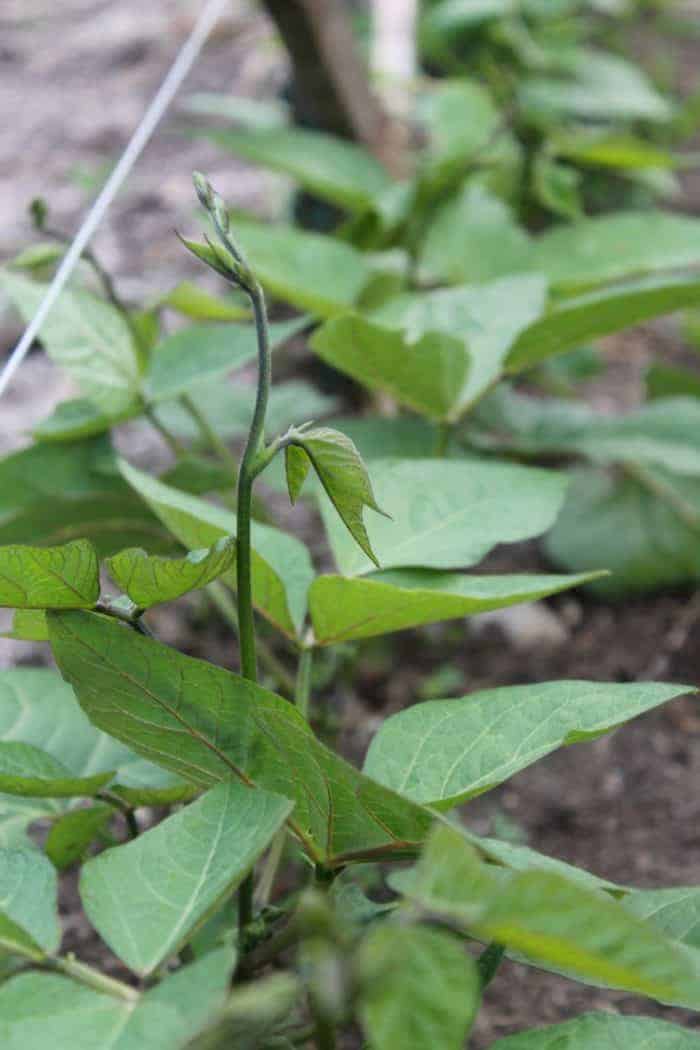
Some potager design tips from Fix
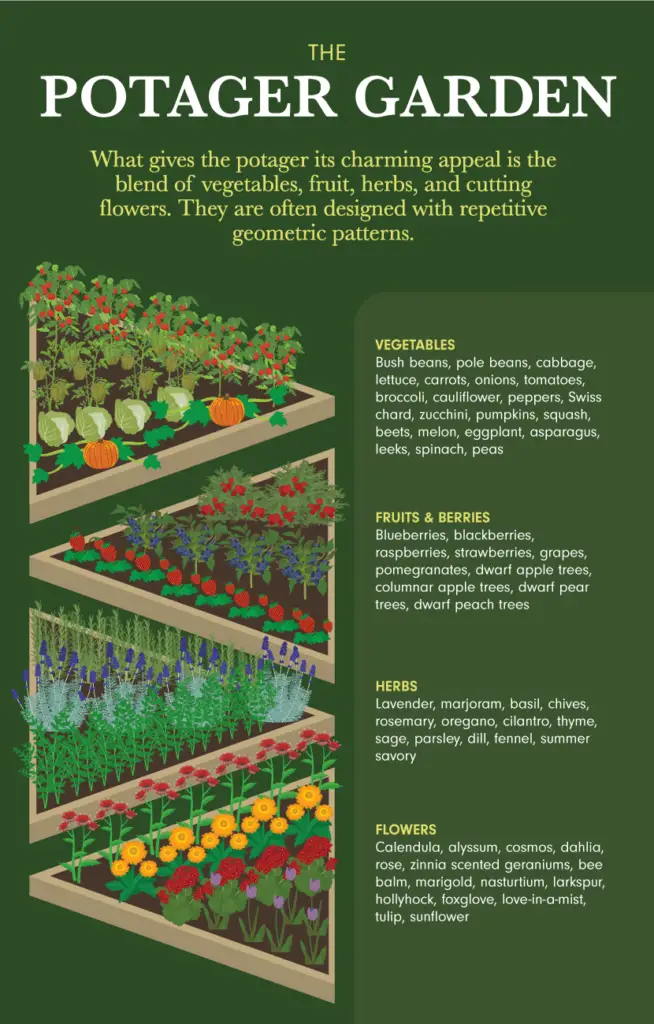
Frequently Asked Questions
The following are some commonly asked questions about potager garden layout plans and their answers.
Can I have a potager garden in a small space?
Small spaces are often more difficult to garden in than larger spaces. However, if you choose the right varieties of vegetables, it’s possible to be very productive even with limited space.
First decide on an area that gets full sun (in most cases, six hours of direct sunlight is what you’re looking for). Choose four or five different vegetables which you’d like to grow, and plant them in a small space.
Some vegetables which are well-suited to container gardening include: tomatoes, cucumbers, lettuce, squash and carrots. The smaller the pot you have for your vegetables, the more likely they’ll be to produce a large amount of fruits/vegetables.
When using a container for growing vegetables, you’ll want to make sure that there is enough room left for water and root growth after you’ve filled it with soil.
Select a pot which will be large enough for the mature size of the plant(s) you choose to grow. If you’re using a container which will be placed on the ground, don’t forget to place stones at the bottom for drainage.
Once your plants are in the soil, make sure they aren’t crowded, and keep an eye out for rot or mold forming around/on any vegetables, particularly after a period of rain.
If you’re looking for a good container-grown vegetable to grow, consider growing carrots. They like soil which contains clay, which is perfect because it’ll help hold the moisture around the roots of your plant.
There are many different varieties of carrots available; some examples include: Cosmic Purple, Lunar White and Thumbelina.
To maximize your harvest, remember to plant seeds thickly and thin out many of the seedlings as they grow so you have room for all of them.
Should I have box hedges in my potager garden?
Box hedges look great in potager gardens. They are a great option for the small garden. They always looking tidy and in control, they add a picture-perfect touch to any garden space.
Not only this but their fruiting bodies provide tasty ingredients for you to use in your cooking.
The box is usually grown from seed, although it can also be bought as a young plant. When buying, make sure you buy one with at least three main stems; they can be pruned later on to shorten them if need be.
Punch a small hole in the bottom of a large bucket and fill it will compost almost to the top.
Make a small hole in the compost and pop your little box hedge plant in. The best time to do this is early spring, or you can start it off in a pot indoors and then transfer the whole thing into its final position at this time too.
Fill around the plant with compost until it’s just covered, but no further.
If you want to take the plants out at a later date it would be wise to make sure you leave around an inch or two of compost when planting them in, this allows you to lift the plants when required.
Water well and let your little plant grow for a few weeks until it is strong enough to withstand light frosts.
Then start pruning back the sides, you can keep it as a square if you want to or allow it to develop into a more natural shape.
I would recommend keeping the sides at around 4 inches for a small potager, although larger box hedges could have their sides shortened by up to six inches.
If you are going to grow your box hedge in a larger pot or in the ground, I would recommend using a larger plant. Do the same as above but do not cut back until next year when it can be shaped to look more natural.
Once you have your little box hedge pruned to shape, keep an eye on it and remove any dead or diseased foliage immediately. This will help protect your little plant against diseases.
Harvest the leaves as you need them, you can use them like bay leaves if you don’t want to make a hedge or if you would like to keep it smaller.
Otherwise keep harvesting the tips of the leaves; this will help promote further growth and eventually more fruit will form on your lovely-looking hedge.
It may take a couple of years to get there but it will be worth the wait.
How do I save time with my potager garden design?
A lot of people are interested in creating a small kitchen garden, but they find it hard because they feel overwhelmed by the amount of work required.
By gardening first thing in the morning, you can make sure you have enough time to spend on your garden every day, without feeling pressured to complete tasks quickly.
Read on to find out what you can do to enjoy your time in the garden.
Harvest in the morning
You can always try harvesting vegetables first thing in the morning, since this will allow them to stay fresh for longer compared to harvesting at any other time of day.
If you plant carrots, radishes or leafy vegetables like lettuce, collard greens or kale, you can avoid unnecessary wear and tear since they don’t bruise as easily as other vegetables.
Weed in the morning
If you can’t find time to weed in the morning, make sure to clear any weeds away from the base of your plants before they start producing fruit, otherwise they may stunt them or prevent them from growing.
If you have a few more minutes, try adding some mulch around your plants to keep moisture in and the weeds out.
If you have time, spend a little while weeding or pulling out spent plants. You can use this time to widen your paths and prepare the soil for new crops.
Don’t worry about being too thorough with weeding, since it’s always possible to do a more thorough job later. You don’t need to get every single weed out.
Since you’re working in the morning, you’ll have time to drop vegetables off at your local food pantry or soup kitchen if they are not ripe enough to be eaten fresh.
This is another great way to make sure all your hard work doesn’t go to waste. Remember that harvesting vegetable when they are not fully ripe can encourage them to continue growing, so try not to do it unless you really have to.
If you find yourself with some spare time in the late afternoon or early evening, remember that summer squash and cucumbers taste great when pickled.
You can make sure they stay fresh for longer by marinating them in a brine made of three-quarters water and one-quarter vinegar, along with salt and sugar.
Make sure to check where you’re allowed to dump your brine (if you’re not allowed to use it in your compost pile), since it can’t be poured down the drain.
What are your fav plants to grow in a kitchen garden?
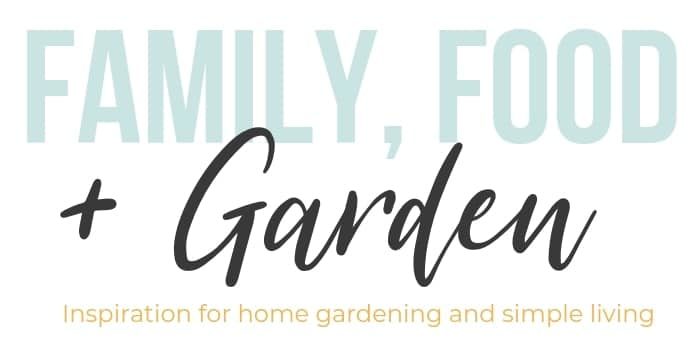
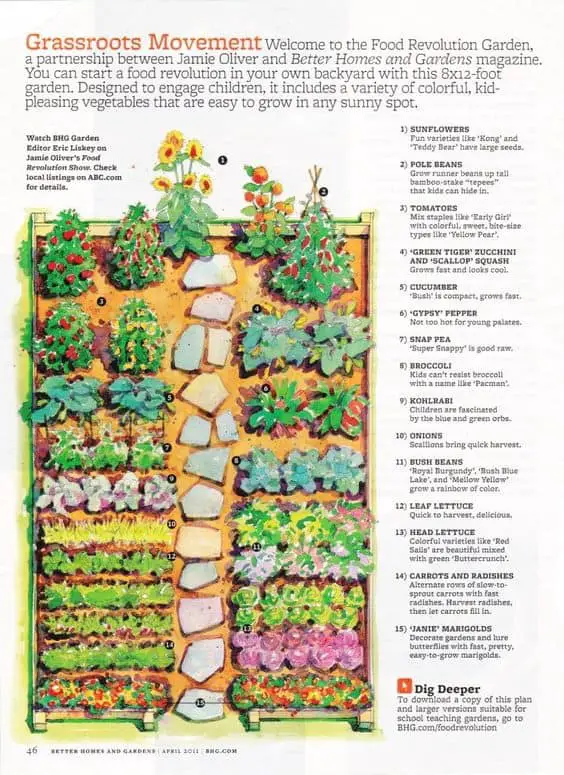
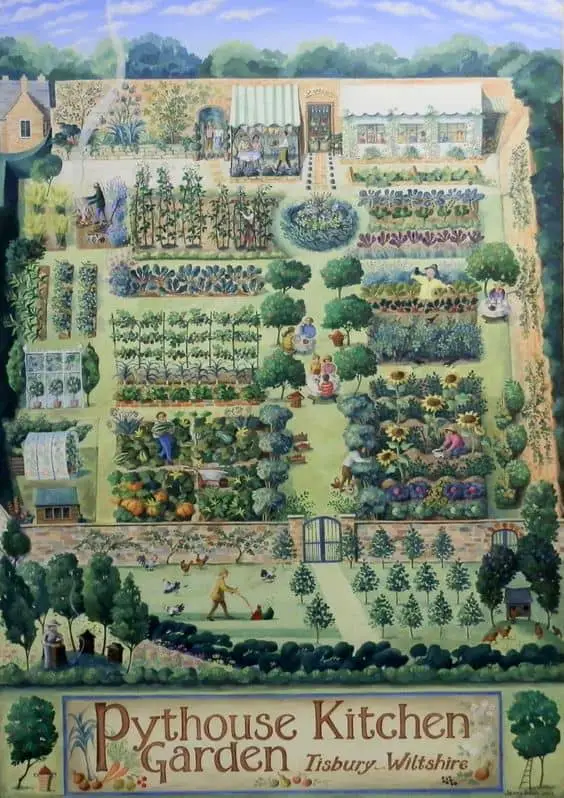
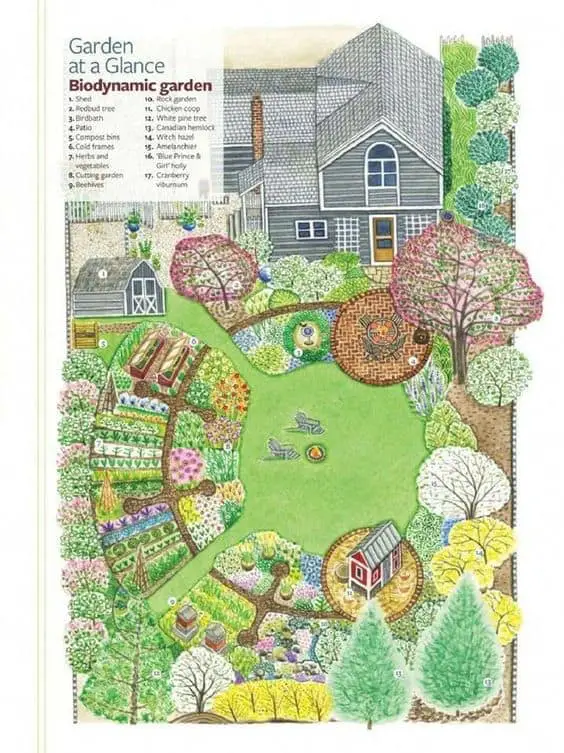
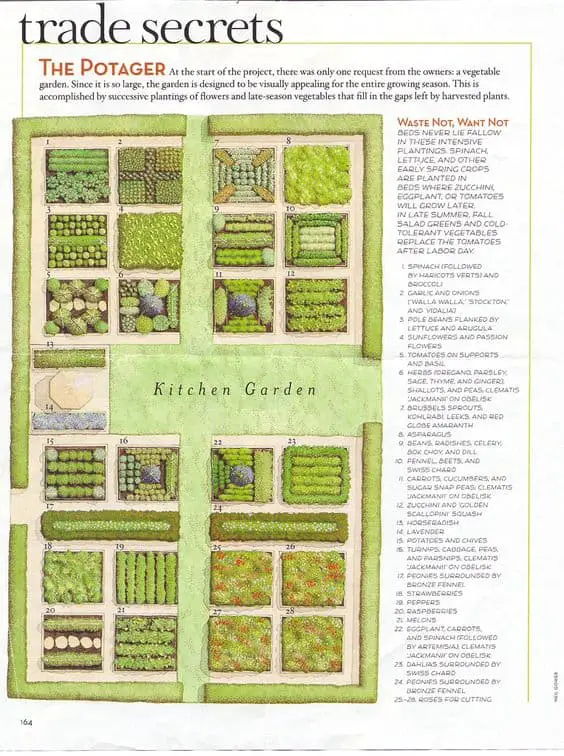
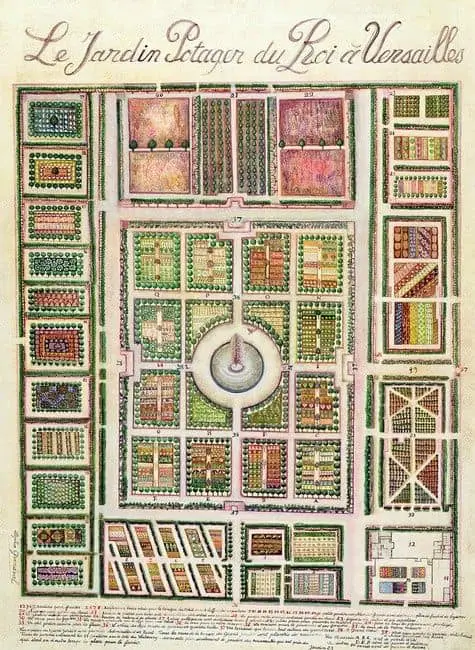
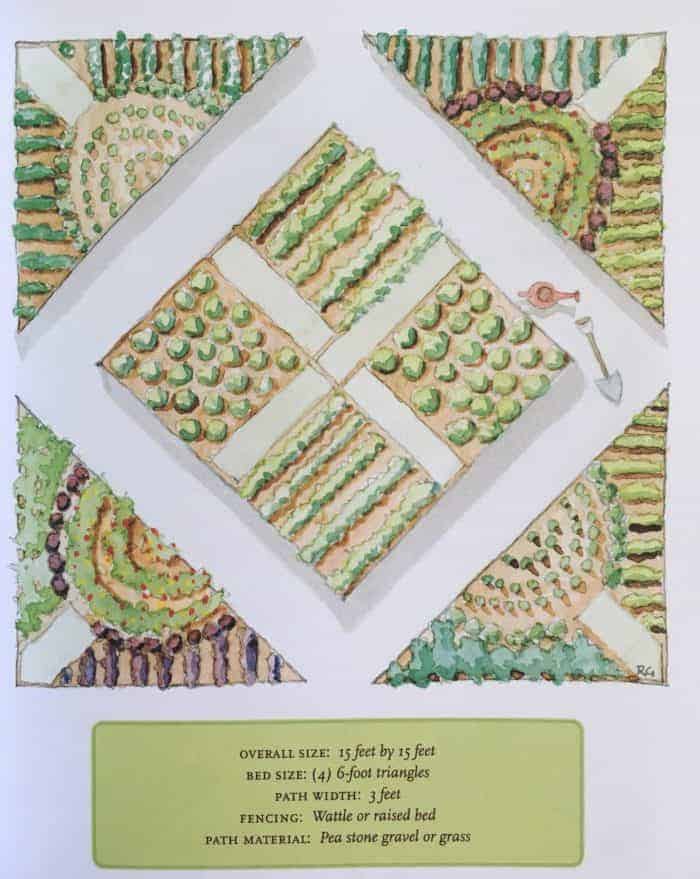
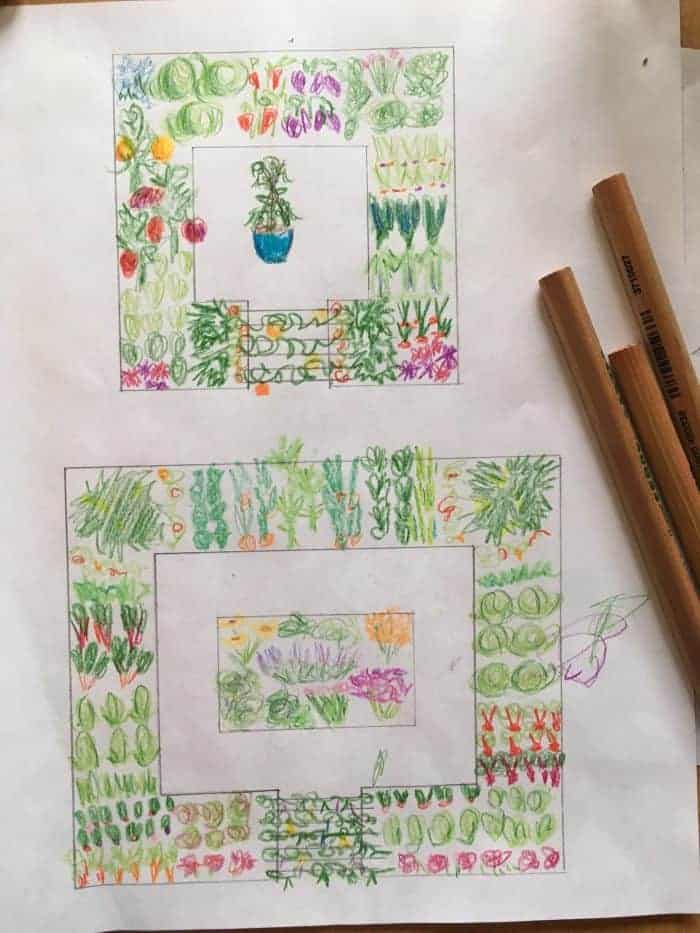
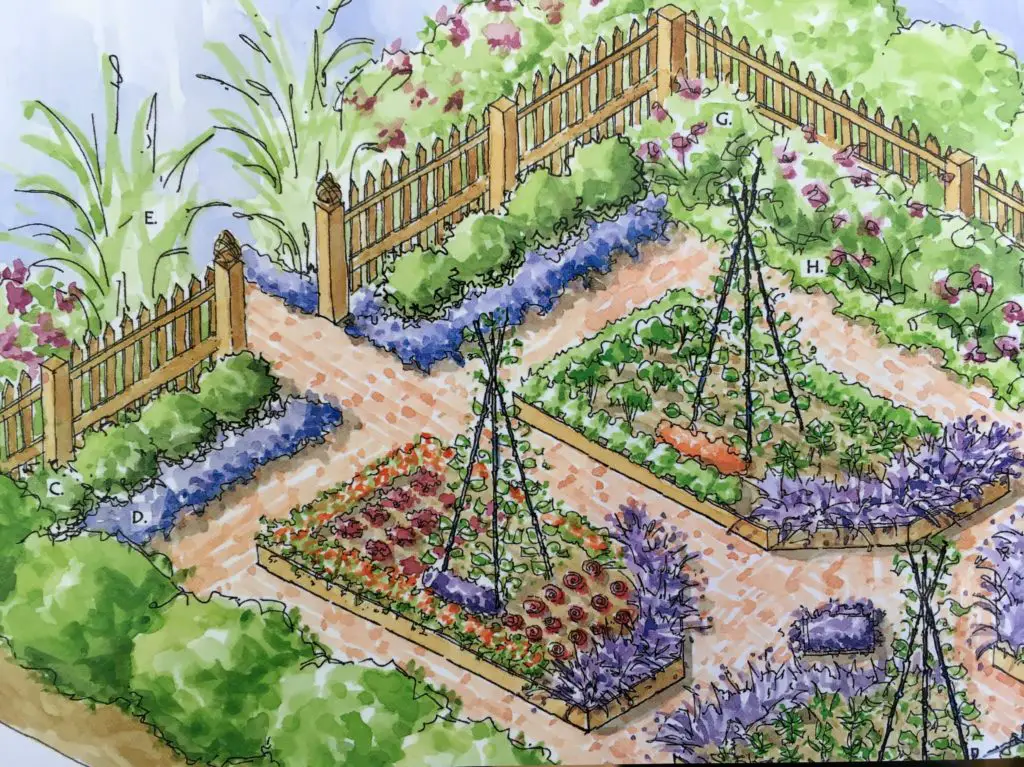
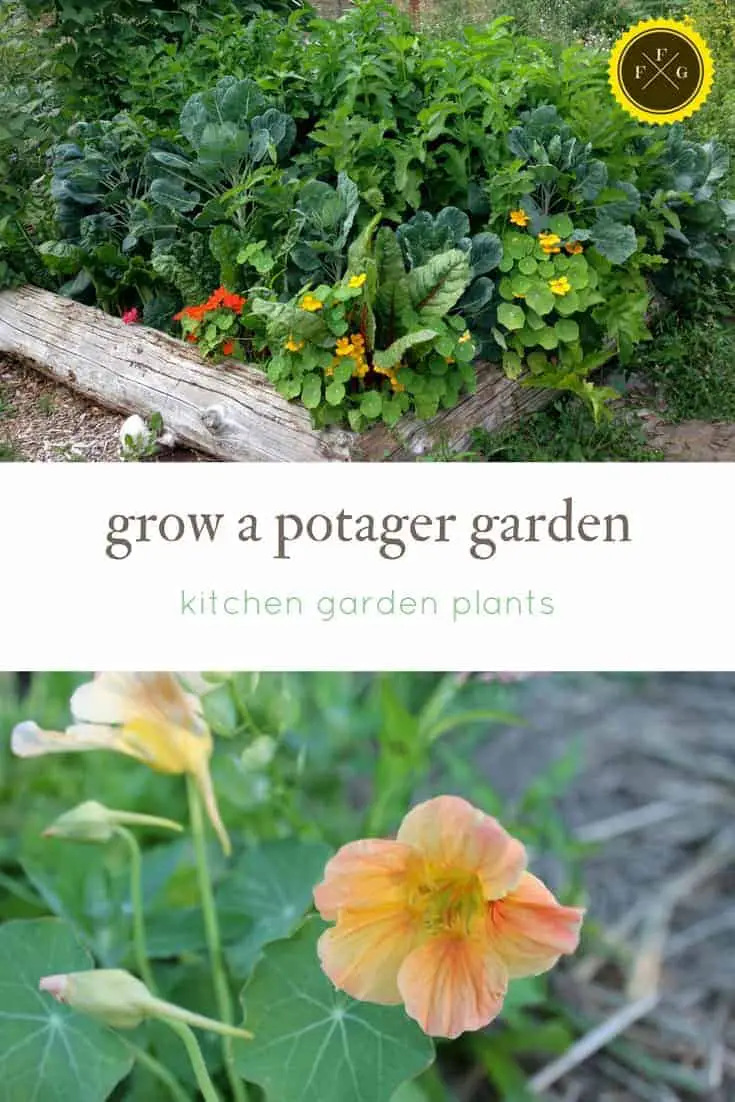
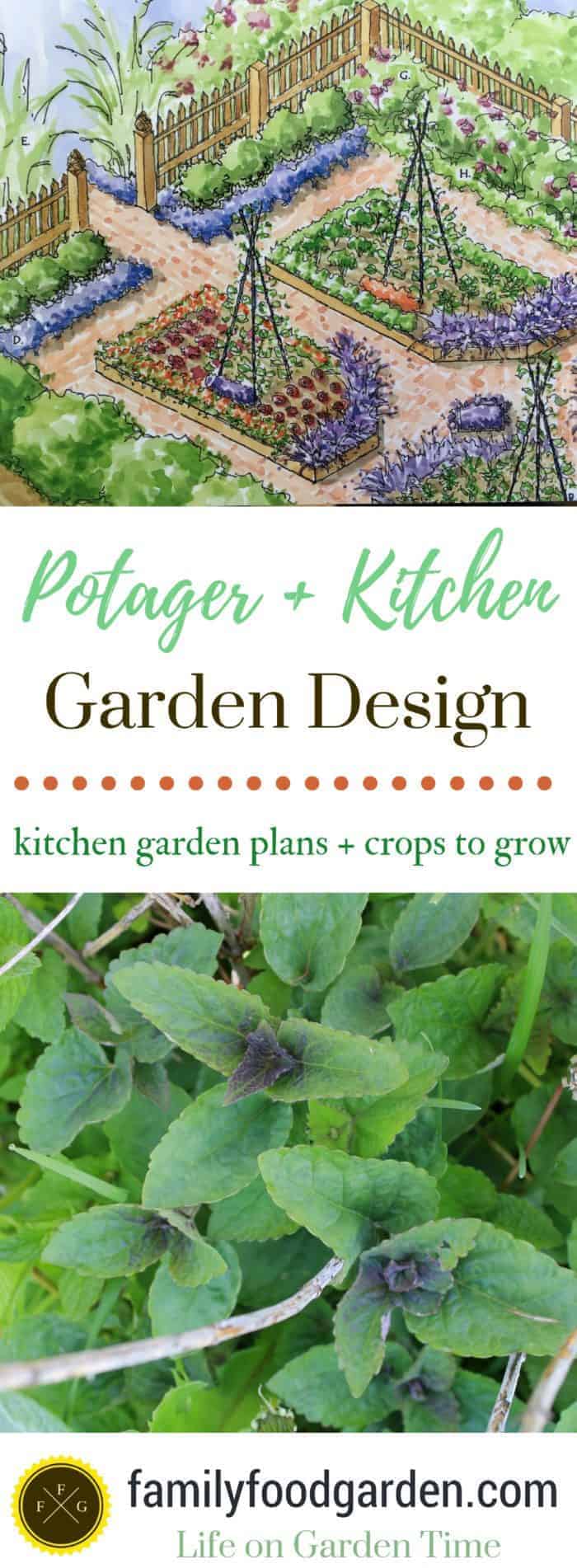
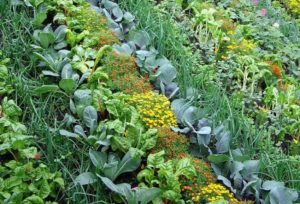
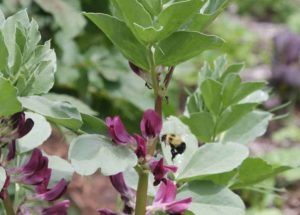
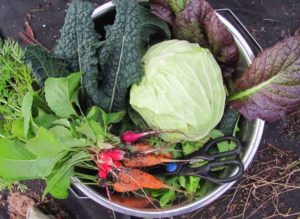

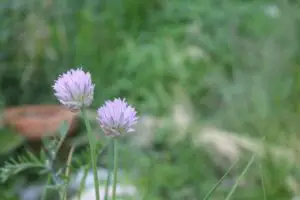
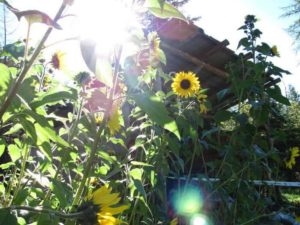
As I’ll be adding garden plots just outside the kitchen door this year, this post comes at a great time! I would like to offer up one more criteria for inclusion in the kitchen potager: harvest size. You’ll be will to go the extra mile for three or four zucchini as a side dish; not so much for the arugula the sprinkle over your breakfast omelette. Keep the things you use in small quantities closer! Seems counterintuitive, but it’s really important on those lazy days 😉
Morning racing fans. Well done all with winner yesterday. Southwell 14:15 See Vermont 14/1 1pt win (hasn”t got much to find with fav and Luke on board today hoping he can snipe the fav on the line; fav in race does look the likely winner but worth a punt at the prices with jockey booking.) 14:45 dawn dancer 11/8 2pt win (Top two in market are very closely matched but I think dawn dancer will handle the distance and the corner a lot better) 15:15 Albert boy 7/1 1pt win (wide open race and albert boys latest race fell apart, unable to keep pace with front quartet wont have that problem in this race and has a good chance) 15:50 best tamayuz 13/8 3pt win NAP (has run great speed figures around track will take some beating and sure to run good race.)
I love your garden plans. They are so beautiful and well thought out. I’ve got lots of ideas for my garden this year. Thanks for sharing
Krystal, thank you for the suggestion, me and my wife are trying to build gardens for our backyard right now. We already have the plants in pots but need to move them to a larger plot so we will keep this in mind.
Thank you!
These are all beautiful plans! I have been working with a landscape designer to redo my backyard and add a potager garden to it this spring. I can’t wait to finally start growing some fresh veggies and herbs once it is completed!
So many pop up windows and ads, it’s absolutely impossible to read your articles on a mobile.